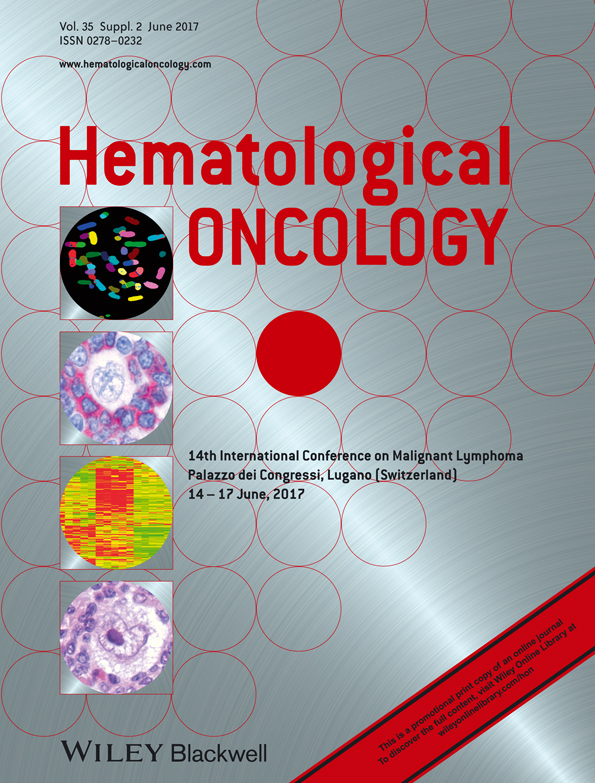GENE POLYMORPHISMS AS PREDICTORS OF TREATMENT EFFICACY AND TOXICITY IN PATIENTS WITH INDOLENT NON-HODGKIN LYMPHOMAS RECEIVING BENDAMUSTINE AND RITUXIMAB
Introduction: Indolent non-Hodgkin lymphomas (iNHL) and mantle-cell lymphoma (MCL) have a heterogeneous behavior, impacted by biological and clinical parameters. Bendamustine is widely used in association with rituximab to treat iNHL and MCL. The variability in treatment efficacy and toxicity could be related to genetic factors of the host, such as germline single nucleotide polymorphisms (SNPs) in genes that affect drug disposition, pharmacodynamics and the components of reactive microenvironment. Deregulation of some components of the immune system and angiogenesis could play a role for tumor growth and survival. Genetic variants in immune and inflammatory response genes (such as the ones coding for IL-10 and IL-6) and in angiogenic factors (such as VEGF) could affect clinical outcome and side effects.
Methods: In this study, we would like to demonstrate a correlation between SNPs and treatment outcome in iNHL and MCL patients receiving standard doses of bendamustine and rituximab. This study includes the collection of clinical and biological data with DNA extraction and genetic analyses. We will investigate some SNPs that have already been associated with treatment efficacy and toxicity in NHL patients. All samples were genotyped for the IL-2 (rs2069762), IL-10 (rs1800890, rs10494879), VEGFA (rs3025039), IL-8 (rs4073), CFH (rs1065489) and MTHFR (rs1801131) SNPs by allelic discrimination assays using TaqMan SNP Genotyping Assays containing primers forward and reverse and allele-specific MGB (Minor Groove Binder) probes. SNPs assays were executed on a Rotor Gene 3000 platform system and the analysis of genotyping were performed using the Rotor Gene Software.
Results: We have enrolled 54 consecutive iNHL and MCL patients, and herein, we report a pivotal analysis of the first 30 patients that received rituximab 375 mg/m2 and bendamustine 90 mg/m2 every 28 days for up to 6 cycles both as first-line treatment (24/30) and as ≥2nd line regimen (6/30). Overall response rate was 100% (CR rate 80%). Treatment toxicity included grade 3–4 neutropenia (12/30 patients), infections (9/30 patients; 1/9 grade ≥3), skin rash (13/30 patients; 1/13 grade ≥3). SNPs in IL-2, IL-8, MTHFR were observed in 12, 12 and 15 patients, respectively; while the other investigated genes were wild type for all patients. We did not report any correlation between SNP and CR rate. However, we observed an association between SNP in IL-2 (rs2069762) and skin rash (p = 0.03).
Conclusion: We confirm treatment efficacy and manageable toxicity of rituximab and bendamustine for iNHL and MCL patients; median follow-up is too short to report survival analyses. Preliminary results of our study suggest a possible role for cytokine SNPs in bendamustine-related toxicity that needs to be confirmed in a larger cohort.
Keywords: B-cell lymphoma; bendamustine; SNP.




